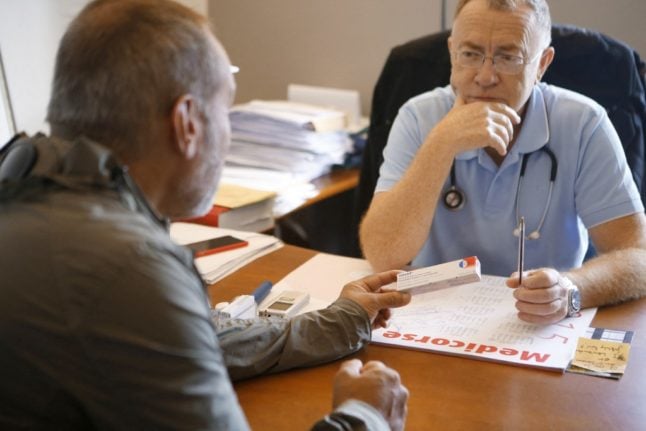In August, Austria announced it would implement a four-colour traffic light system to help minimise the risk of a second wave and another nationwide lockdown.
On Friday, four districts were switched to ‘red' – the first time any part of Austria has been classified as such under the scheme.
EXPLAINED: How does Austria's coronavirus traffic light system work?
Hallein (Salzburg), Wels-Stadt (Upper Austria) Innsbruck-Stadt and Innsbruck-Land (Tyrol) have become the first districts to be denoted as red under the country's coronavirus traffic light scheme.
Several other regions were switched to orange or yellow on Thursday.
An updated map which shows the level of every single region in Austria can be found here.
What is Austria’s coronavirus traffic light system?
Put in place in the middle of September, the traffic lights are updated once every seven days.
MAPS: Where are Austria's emerging coronavirus hotspots?
The four colours indicate levels of risk and will be implemented at a district level.
The levels are: green (low risk), yellow (medium risk), orange (high risk) and red (acute).
A region will be ‘green’ where there is low risk due to individual cases and heavily isolated clusters.
A region will be ‘yellow’ where there are individual cases but the clusters are less isolated.
A region will be deemed ‘orange’ where there has been an accumulation of cases and clusters are no longer traceable.
Finally, a region will be deemed ‘red’ – i.e. high risk – where the outbreaks are uncontrolled and the virus is widespread.

Austria's traffic light system has won plaudits internationally, but has also been subject to criticism. Image: AFP
What does each colour mean?
This has been one of the most controversial aspects of the scheme, DPA reports.
This is primarily because no set metrics have been developed – and each Austrian state or region has not committed to uniform metrics.
In September, some of Austria’s western states put in place a curfew despite a low warning level, whereas the darker coloured Vienna refused to do so.
The Ministry of Health and the Chancellery said on Monday that the measures should be “targeted and regional”, which can be confusing.
However, Health Minister Rudolf Anschober said that four main areas would be impacted should a region be deemed red: schools, bars, private parties and nursing homes, OE24 reported on Wednesday.
If a district turns red, then high school students would undertake ‘e-learning’ i.e. home schooling.
Bars would be given an earlier curfew, although this would depend on the region and the seriousness of the situation.
The 10pm curfew in place in Vorarlberg, Tyrol and Salzburg could be adopted, or a far stricter curfew of 5pm – which is currently in place in Kuchl – could be implemented.
The curfew applies only to bars and not to restaurants.
The current ten-person limit for private parties would be reduced to five.
Finally, nursing home visits would be completely banned.



 Please whitelist us to continue reading.
Please whitelist us to continue reading.
Member comments